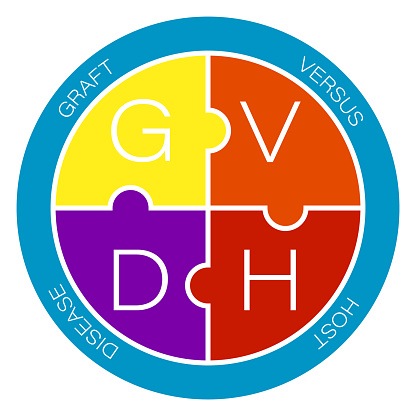
Among patients with graft-versus-host disease (GVHD) following solid organ transplantation (SOT), older age and Black race of the organ donor were some of the predictors of increased mortality, according to a study presented the 2021 TCT Meetings of ASTCT & CIBMTR Digital Experience.
In this study, researchers assessed 19 patients (15 male, four female; median age, 59.6 years) with SOT GVHD between July 2010 and July 2020 at Henry Ford Hospital and used Cox regression to analyze the data. All patients received systemic steroids.
According to the results, nine of the patients with SOT GVHD survived. Survivors were younger, had a white donor, only one organ involved with GVHD, and had received rabbit anti-thymocyte globulin (rATG) prophylaxis. The researchers observed that mortality was higher with etanercept use.
The researchers concluded, “Among patients with SOT GVHD, older patient age, Black race of the organ donor, multiple organ involvement by GVHD, and etanercept use were associated with increased mortality. Since etanercept was used in those with a greater GVHD burden, presumably its association with increased mortality was on that account. Patient and donor age difference, time to development of GVHD, and human leukocyte antigen mismatch did not correlate with increased mortality. The use of rATG prophylaxis was found to be associated with better survival.”
Read more at: https://tct.confex.com/tct/2021/meetingapp.cgi/Paper/17239.
Balanchivadze N, et al. Mortality Predictors in Solid Organ Transplant Associated Graft Versus Host Disease. Single Center Experience. Published for the 2021 TCT Meetings of ASTCT & CIBMTR Digital Experience; February 8-12, 2021.







 © 2025 Mashup Media, LLC, a Formedics Property. All Rights Reserved.
© 2025 Mashup Media, LLC, a Formedics Property. All Rights Reserved.